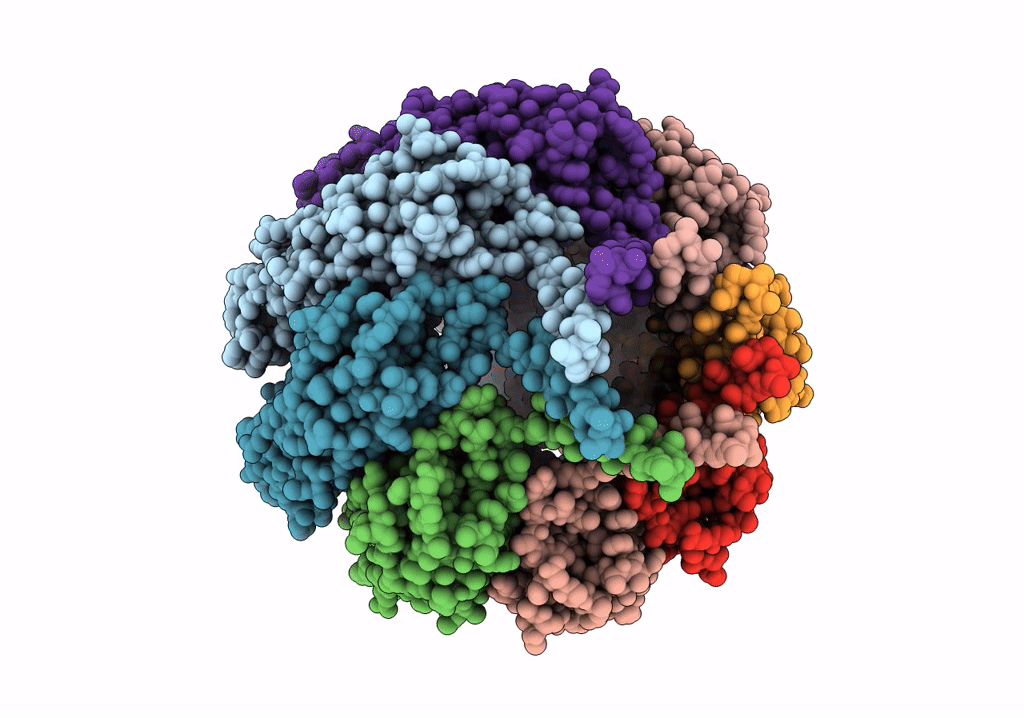
Deposition Date
2021-11-15
Release Date
2022-10-19
Last Version Date
2025-07-02
Entry Detail
PDB ID:
7Q9Y
Keywords:
Title:
Cryo-EM structure of the octameric pore of Clostridium perfringens beta-toxin.
Biological Source:
Source Organism:
Clostridium perfringens CPE (Taxon ID: 451753)
Host Organism:
Method Details:
Experimental Method:
Resolution:
3.84 Å
Aggregation State:
PARTICLE
Reconstruction Method:
SINGLE PARTICLE


